9:54 AM, 15 June 2017
by Baz Macdonald
Vic Books storyteller Baz Macdonald explores the ways children’s performers throughout New Zealand keep kids engaged.
I am half-way through reading Margaret Mahy’s classic The Witch in the Cherry Tree with 15 shining young faces glued to Jenny Williams’ lovely illustrations.
I cackle my way through another of the pesky witch’s temper tantrums, gauging how attentive the kids are as I do.
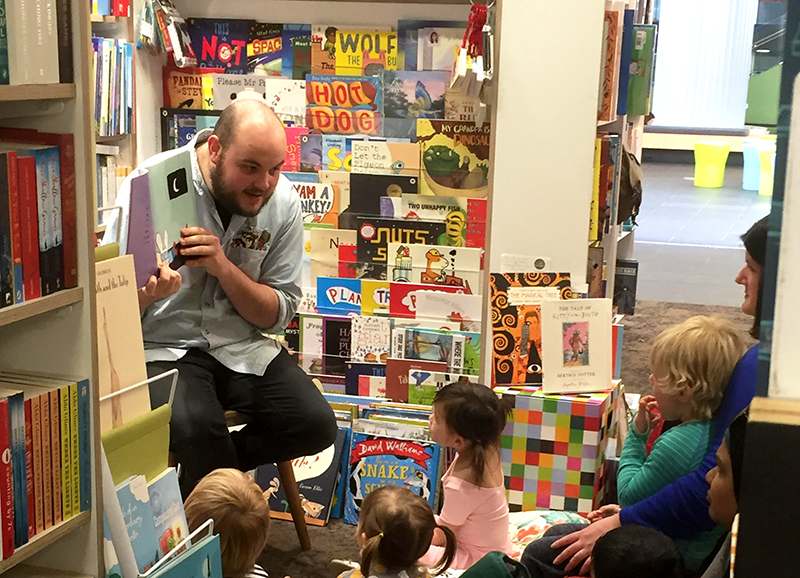
They are splayed out in relaxed poses across the Vic Books children’s section and seem well-engaged in the story with expressions from amused to exasperated at the witch’s antics.
But then - in the middle of the pack - I spot one wee lad’s eyes starting to wander. When the eyes start to wander, you know you’re in trouble.
You see, reading books to groups of children is like plate spinning. The key is to keep them all spinning at once because when one plate falls, they all fall. So, when a child’s attention starts to wobble, you need to get it spinning again or…
Sure enough - his wandering eyes become a fidget and then a wriggle. And before you know it, he is running up and down the length of the bookstore singing the loud, tuneless song he holds in his heart. It doesn’t take long before his solo march becomes a parade of every kid in the store.
Storytelling is vital
Storytime is a vital aspect of book appreciation and so a staple of bookstores and libraries throughout New Zealand. But as my anecdote suggests, just because it is worthwhile, does not make it easy.
The first thing every storyteller discovers, is it takes more than just reading a picture book aloud to keep kids interested. Storytellers have to develop ways of creating dynamic and entertaining performances to keep kids engaged and entertained – hopefully creating a spark that will grow into a lifelong love of books.
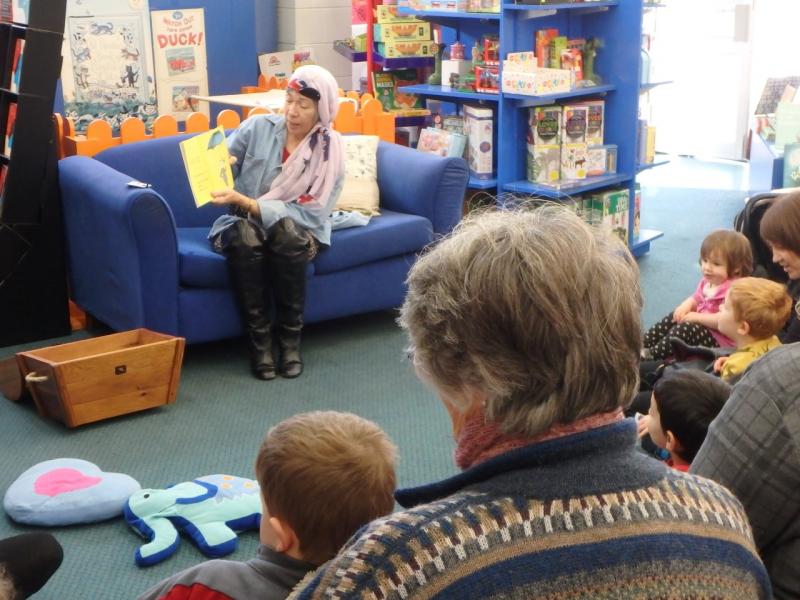
The most time-honoured method is the addition of singing. You don’t have to look far in children’s entertainment to see that singing is a core component, and storytime is no different. Storytimes all over NZ include songs prominently. At the Children’s Bookshop in Wellington, storyteller Felicity Cozens (pictured above) opens each session with a song and scatters singing and dancing throughout the books encouraging the kids to join in.
In a similar vein, Wardini books in Havelock North includes co-owner and magician Gareth Ward (A.K.A “The Great Wardini”) in its bedtime story events during school holidays. Ward intersperses magic between books read by their storyteller and co-owner Louise Ward (pictured below).
'My husband is a magician, so I get to be the glamorous story troll and he is the Great Wardini,' Louise laughs.
At the University Bookstore in Dunedin storyteller Charlotte McKay creates a theme each week and revolves books, games and craft activities around that central idea.
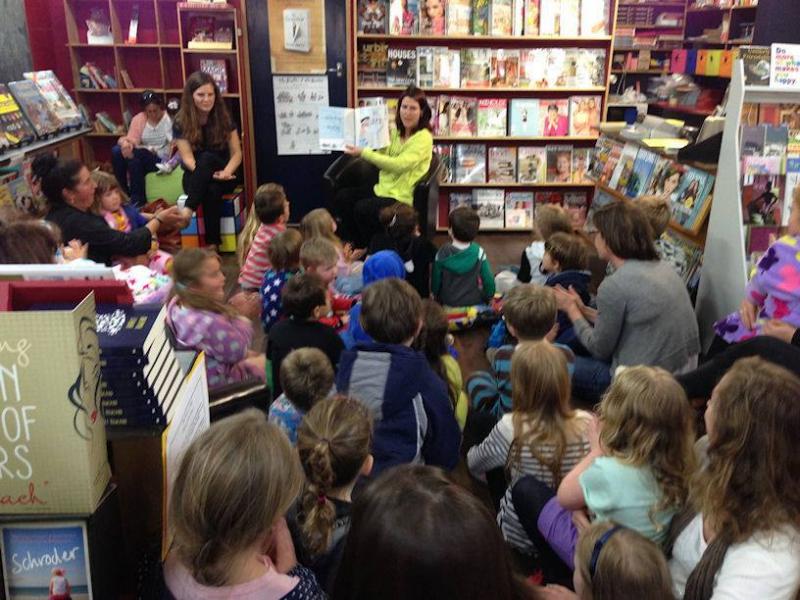
Involve the kids in making choices
In order to keep their events varied each Storyteller has developed their own performance element to scatter throughout the books. This variety is important to maintain an attentive group. You’ve got to keep kids on their toes if you don’t want to lose their attention – even reading two similar books in a row can do it, so dramatic changes of pace work well in keeping them focussed.
However, the variety you provide doesn’t necessarily need to come from another performance style, it can come from the books itself.
At my storytime at Vic Books in Wellington, I structure book order so that stories with a lot of text are always followed by one with less text or, even better, an interactive book. Kids enjoy longer stories, but too much text can quickly wear on their attention spans. This method allows me to rein in their attention, without sacrificing story-rich books.
I also have the kids vote on which book we are going to read next, offering them a sense of agency which keeps them feeling involved – especially if the winning book is the one they voted on. Louise Ward offers this agency to smaller groups by having the kids pick the books off the shelf that they will read that day.
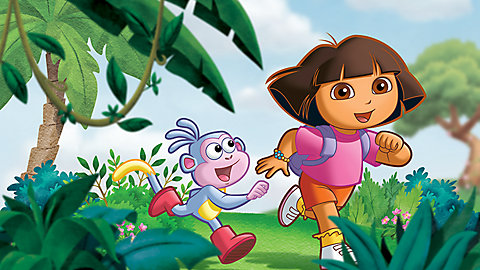
Kids love to feel involved – I mean, there is a reason that children’s TV constantly asks them to yell their answers at the unhearing glass. In the same way, keeping books interactive is a fundamental part of good storytelling. By asking kids questions you keep them involved and give them an opportunity to learn and explore beyond the books text – although, prepare yourself for some out-there questions and answers.
To keep things interactive, Charlotte McKay asks the kids to look for specific things throughout a book, such as words or recurring characters. Beyond being a good tool for engagement, the interactions are also really fun, and often hilarious – which is great, because if you are having fun the kids will too.
Creating a performance
It’s useful to include methods like these to keep sessions varied, but ultimately the success of a storytime comes down to how the books are read. McKay says performance is the key to good storytelling.
'Personally, I think [performance] is hugely important. I think that is often the difference between kids really engaging and not. I mean you can have a beautiful book, but if someone is reading it in a monotone then it loses some of its magic.
'You really need to give each character its own voice and physicality. The kids really like when you use a funny voice, or hunch your shoulders because you are an old witch,' says McKay
As well as voices and gestures, performing picture books requires an energy and life in every moment and word. A good storyteller can perform a book without any words, just in the way they present the pictures. Cozens (below) says this energy happens when storytellers commit to their performance.
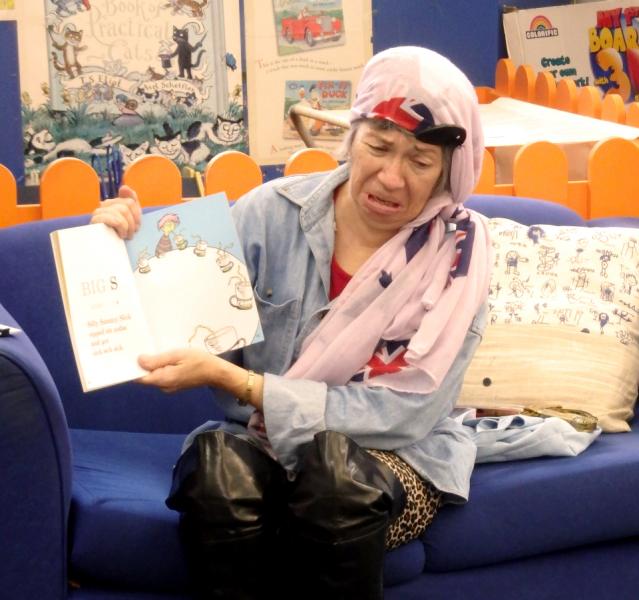
'I just get lost in the books completely, I really do, and I take the kids on the journey with me. Sometimes I look, and their little faces are saying "Oh no! Something is going to happen".'
Ward says it is important to have read the books beforehand and familiarised yourself with the structure and content.
'It is like performing anything, you’ve got to see where the pauses are.
'A bit of preparation in the performance is key. I have been to storytimes before with my own children where it could be the best book in the world, but the way it was delivered made it boring.'
Ultimately, it is a big responsibility being a storyteller. In the same way that good storytelling can instil a lifelong love of books, bad experiences can turn off kids from reading.
Variation 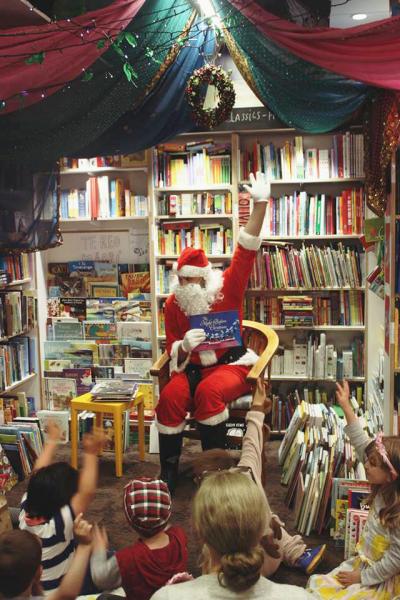 Keep your events varied. Find that special thing you do best and inject it into your performance. It could be anything - puppets, magic, games or craft activities. It doesn’t matter what, just make sure it is fun and lively.
Keep your events varied. Find that special thing you do best and inject it into your performance. It could be anything - puppets, magic, games or craft activities. It doesn’t matter what, just make sure it is fun and lively.
Engage the kids however you can. Make sure you are actively interacting with the kids in as many ways as possible. Ask them questions, get them to act out the actions. Even just looking them in the eye as you read the books can go a long way.
Perform your heart out. It might feel silly sometimes, but kids love watching someone 100% commit to performing a book. Make faces, voices and gestures to bring that book to life. They will remember that energy the next time they read and it will colour their feelings about it.
Hit these beats and you’ll see that though storytelling can be challenging, it can also be the most fulfilling thing you can do for your bookstore and yourself.
Article by Baz McDonald (pictured right...see if you can spot him)